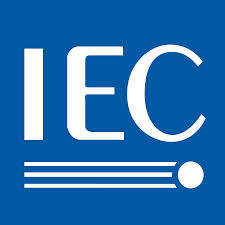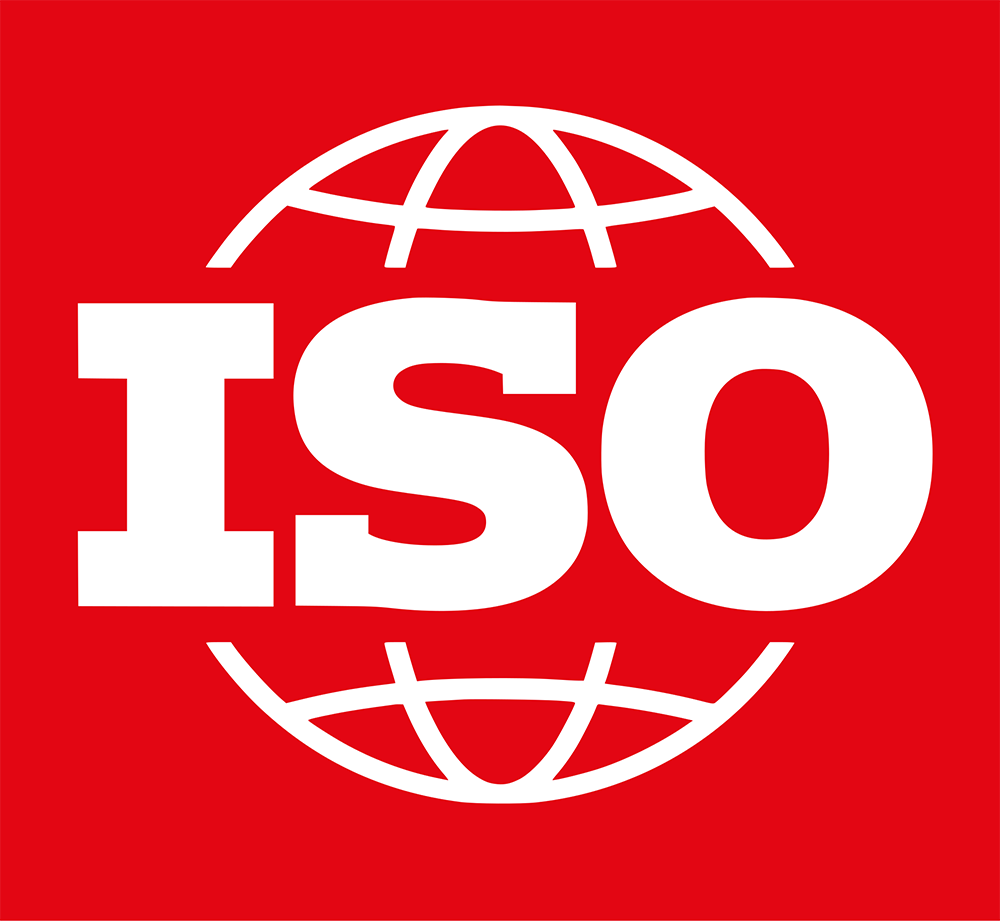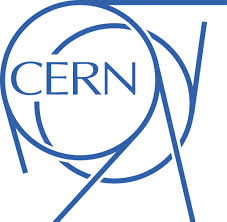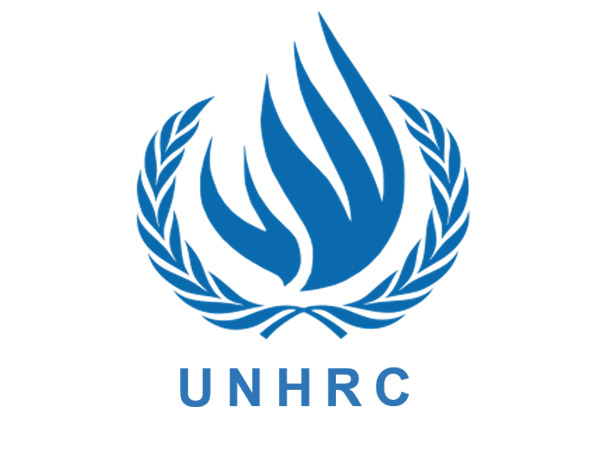Acronym: Ecma
Established: 1961
Address: Rhône Street 114, 1204 Geneva, Switzerland
Website: https://www.ecma-international.org/
Stakeholder group: NGOs and associations
Ecma International is an industry association that works on standardisation in information and communication technology (ICT) and consumer electronics.
The association develops global standards and technical reports to facilitate and standardise the use of ICTs and consumer electronics. It also encourages the correct use of standards by influencing the environment in which they are applied.
Its membership includes entities such as Alibaba, Apple, Bloomberg, Google, Hitachi, HP, Huawei, IBM, Intel, Meta, Microsoft, Netflix, and PayPal, as well as prominent universities and research institutes.
Digital activities
Since its creation in 1961, Ecma has published numerous standards and technical reports covering areas such as data presentation and communication; data interchange and archiving; access systems, interconnection, and multimedia; programming languages; and software engineering and interfaces. FORTRAN, one of the oldest programming languages developed by Ecma, was approved in 1965. ECMAScript, with several billion implementations, is one of the most used standards worldwide.
Digital policy issues
Digital standards
A large part of Ecma’s activity is dedicated to defining standards and technical reports for ICTs (hardware, software, communications, media storage, etc.). This work is carried out through technical committees and task groups focusing on issues such as information storage, multimedia coding and communications, programming languages, open XML formats, and product-related environmental attributes. The standards and technical reports developed in committees and groups are subject to an approval vote in the Ecma General Assembly. Once approved by the assembly, some standards are also submitted to other standardisation organisations (such as the International Organization for Standardization (ISO), the International Electrotechnical Commission (IEC), and the European Telecommunications Standards Institute (ETSI)) for their approval and publication through a liaison agreement that Ecma has with those organisations.
Telecommunications infrastructure
- Standards related to corporate telecommunication networks: ECMA-307; ECMA-308; ECMA-309; ECMA- 326; ECMA-332; ECMA-355; ECMA-360; ECMA-361
- Standards related to access systems and interconnection: ECMA-342; ECMA-412; ECMA-417
- Standards related to wireless proximity systems. ECMA-340; ECMA-352; ECMA-356; ECMA-362; ECMA-373; ECMA-385 ECMA-386; ECMA-390; ECMA-391; ECMA-403; ECMA-409; ECMA-410; ECMA-411; ECMA-415; ECMA-368; ECMA-369; ECMA-381; ECMA-387; ECMA-392; ECMA-397; ECMA-398; ECMA-399; ECMA-401
- Technical reports related to corporate telecommunication networks: TR/91; TR/92; TR/95; TR/96; TR/100; TR/101; TR/102; TR/103; TR/75; TR/86
Programming languages such as ECMAScript (JavaScript) and C#
Data-related standards
- Multiple Ecma standards covering issues such as data interchange, data presentation, and data communication
- Ecma technical reports covering data communication and data interchange.
Technical committees (TCs) and task groups (TGs) covering issues such as access systems and information exchange between systems (TC51), information storage (TC31), product-related environmental attributes (TC38), ECMAScript language (TC39), office open XML formats (TC45) and ECMAScript modules for embedded systems (TC53).
Information storage
Standards developed by Ecma include optical and magnetic storage systems (disks, cartridges, etc.), methods for determining the life expectancy of storage media, and the interchange of information on media by specifying its volume and file structure.
Where other optical storage systems such as compact discs (CDs), digital versatile disks (DVDs), or hard disks only store data on their surface, holographic data storage goes beneath the surface using the entire recording medium.
Holographic storage is a high-capacity storage technology that records binary information into holograms (three dimensions), which can be read by low-power laser beams. In December 2021, the ECMA-420 standard was published. It specifies device interface information and requirements for high-speed image retrieval and collation using holographic optical correlation based on shift-multiplex recording of coaxial holography.
Ecma has several projects in development, which include a standard on a quality discrimination method and an operating method of storage systems for long-term data preservation. This standard will enable data storage systems to be built using optical disks for storing and accumulating important digital information safely and on a permanent basis. There is also a plan to develop a standard defining a holographic data storage system with a capacity of 1,000 Gbytes per disk, which will enable long-term data preservation storage systems to be built, with features such as high capacity, long-term reliability, and lower operational costs.
Future of meetings
Ecma meetings, such as its General Assembly, typically take place as a physical meeting to allow face-to-face discussions and interaction among members, but remote attendance is possible by using videoconferencing and other digital tools for the members that cannot attend in person. Ecma TCs hold either physical, hybrid, or virtual meetings depending on their specific needs.
Ecma meetings are typically held outside of Ecma’s HQ at the invitation of a TC member who hosts the meeting at their own or another facility.
Economy and efficiency are factors in choosing the meeting place and the meeting mode. Digital or a combination of digital and face-to-face meetings are possible options. This is decided by the committee.
Social media channels
LinkedIn @ecma-international
Twitter @EcmaIntl











Social media channels
Facebook @isostandards
Instagram @isostandards
LinkedIn @isostandards
X @isostandards
YouTube @iso